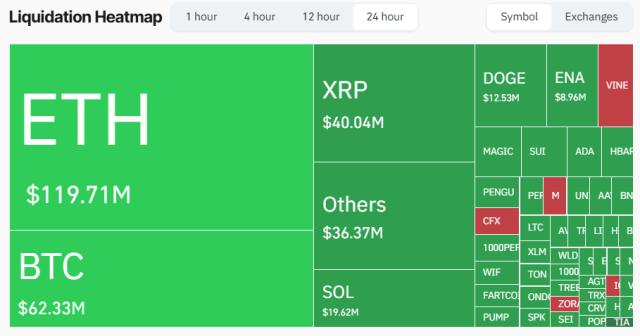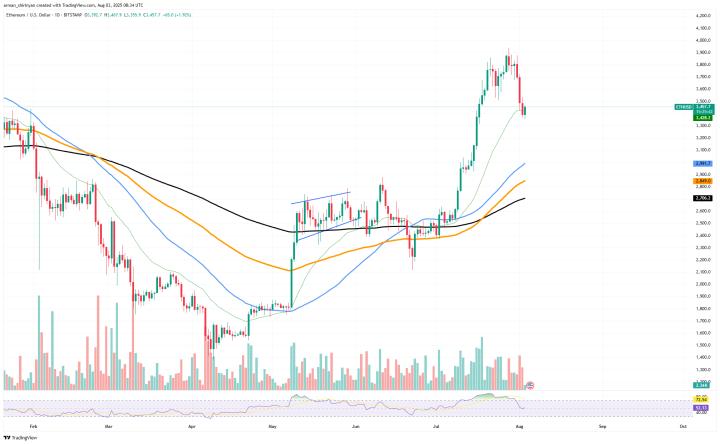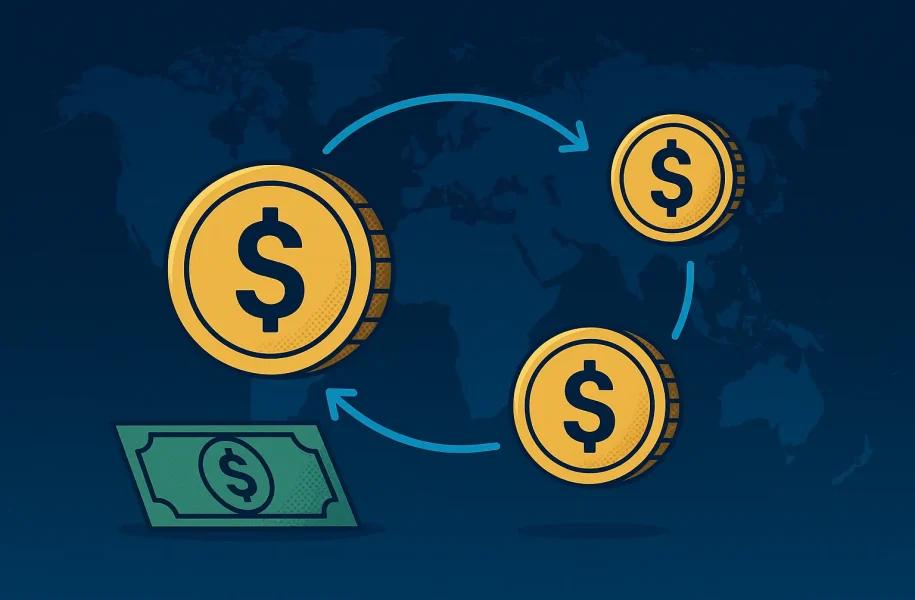
In recent years, blockchain-based infrastructure has undergone significant changes in its role in cross-border payments. Although initially exciting, blockchain-based stablecoin payment solutions have brought both opportunities and challenges in reality.
According to an article published in Forbes magazine, the author Daniel Webber notes that the increasing prominence of stablecoins in this field is a result of businesses and consumers seeking more stable and efficient ways to transfer value across borders.
Ripple's Role and the Transformation of Blockchain Infrastructure Perception
Ripple was once hailed as a pioneer in cross-border payments, but its influence has fluctuated due to legal issues, especially the lawsuit from the U.S. Securities and Exchange Commission (SEC). Before facing legal challenges, Ripple was widely seen as a strong alternative to traditional payment systems like SWIFT, offering instant settlement through its blockchain-based RippleNet service. The XRP token served as a bridge currency in these transactions, providing liquidity and simplifying cross-currency payment processes.
However, as banks and other financial institutions, especially those in Western countries, maintained distance from Ripple during its legal disputes, Ripple's involvement in cross-border payments declined. Nevertheless, Ripple continues to move forward, focusing on markets where its blockchain solutions can thrive.
The Rise of Stablecoins in Cross-Border Payments
As Ripple was marginalized, the broader cross-border payment industry began to rely more on such digital assets as reliable solutions. Unlike highly volatile traditional cryptocurrencies, stablecoins are pegged to fiat currencies (usually the U.S. dollar), providing a more stable store of value. This stability is crucial in the payment industry, as asset price fluctuations can create unnecessary risks in cross-border transfers.
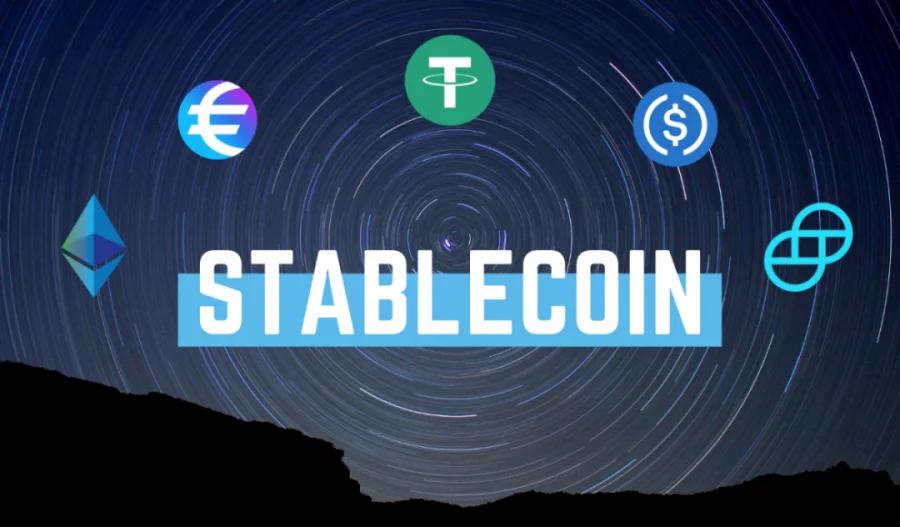
Companies like MoneyGram, which previously used Ripple's blockchain, later transitioned to using Circle's USDC and Stellar's blockchain protocol. Facebook also explored stablecoin-supported payment methods through its Libra project (later evolving into Novi based on USDP), highlighting the growing interest in stablecoin-supported remittance solutions.
Despite some setbacks, such as the TerraUSD collapse, which highlighted the risks of algorithmically supported stablecoins, demand continues to grow. This indicates that as long as these assets are well-regulated and audited, they still have strong growth potential in cross-border payments.
Shift Towards U.S. Dollar-Backed Stablecoins
After the TerraUSD collapse in 2022, market confidence in algorithmic stablecoins gradually eroded, and the market shifted towards U.S. dollar-backed stablecoins. This transition coincided with the payment industry's demand for enhanced regulation and increased asset audit transparency. Companies like Paxos and Circle became key players, offering solutions with full reserve holdings within the United States—crucial for traditional financial institutions looking to use stablecoins for payments.
The continued success of PayPal's stablecoin PYUSD (issued by Paxos) further highlights the increasing acceptance of stablecoins by large enterprises. Moreover, Circle, with its USDC stablecoin, has established important partnerships with companies like Visa, Bank of New York Mellon, and BlackRock, indicating that stablecoins are increasingly integrating into traditional financial infrastructure.
Why Stablecoins Remain Crucial for Cross-Border Payments
The most compelling reason for stablecoins' continued integration into cross-border payments is their ability to enable instant settlement. Traditional financial systems often require days to complete cross-border payment settlements, whereas blockchain-based solutions can provide near-instantaneous settlement. This feature is particularly important for businesses, as it can reduce liquidity requirements in remittance markets, improve operational efficiency, and more easily scale operations.
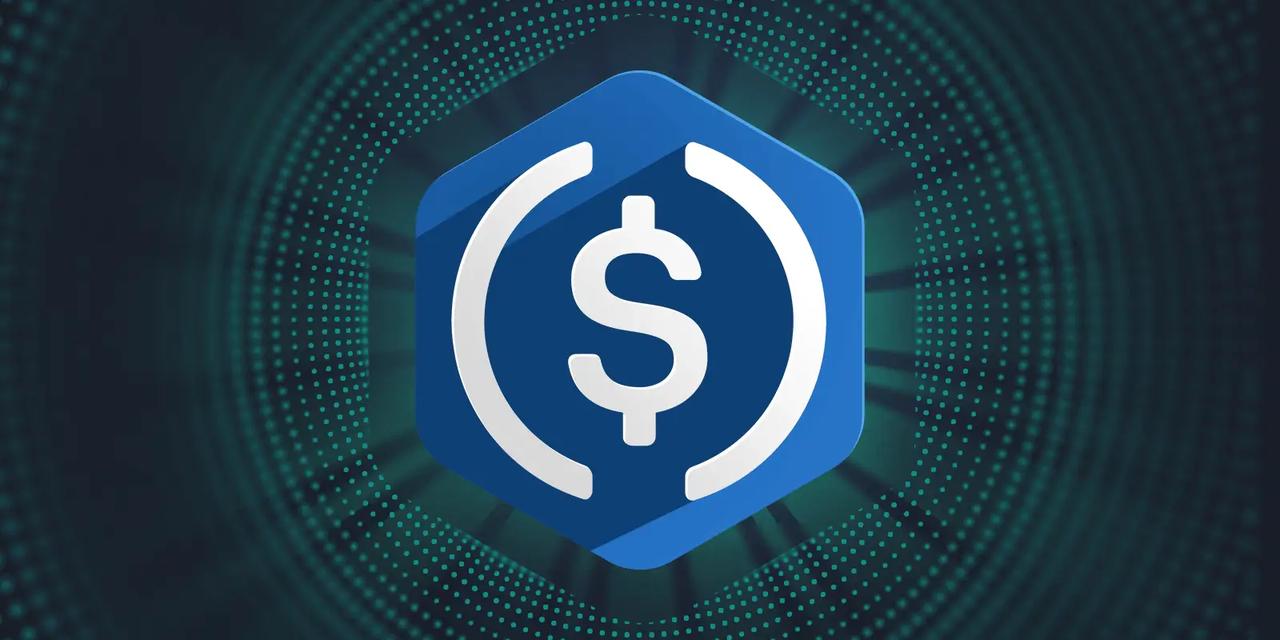
Furthermore, the instant settlement capability reduces compliance burdens in certain markets, as traditional solutions often require extensive verification and paperwork. These advantages are crucial for companies seeking modernized payment infrastructure, making stablecoin-supported systems increasingly attractive.
The Future of Cross-Border Payments
While stablecoins have been adopted by many companies in the cross-border payment sector, this technology is not a one-size-fits-all solution. Different market needs vary, and not all payment channels can be best served by stablecoin technology. This means that while stablecoins are a valuable tool, they are only part of a broader set of solutions shaping the future of cross-border payments.
In fact, the growth of stablecoins in this field will depend on their ability to compete with non-blockchain alternatives. In regions with well-developed and efficient payment systems, traditional payment methods may still outperform blockchain solutions. However, in emerging markets with underdeveloped traditional infrastructure, stablecoin-based systems have the potential to dominate.
As Ripple re-enters the enterprise payment space with its own stablecoin (RLUSD) and payment solutions, it remains to be seen how much of the global cross-border payment infrastructure will ultimately be supported by stablecoin technology. Stablecoins are unlikely to be the sole solution, but as they increasingly integrate into the global financial system, they may significantly enhance their market share in cross-border payments.
Conclusion: The Growing Role of Stablecoins in Cross-Border Payments
The importance of stablecoins in cross-border payments is becoming increasingly prominent. While Ripple's XRP was once a key player in payment transformation, stablecoins like USDC and USDP are now leading industry development through their compliance, stability, and instant settlement capabilities. As the industry gradually adopts blockchain-based solutions, stablecoins are poised to become an indispensable part of global financial infrastructure, especially in regions with inadequate traditional systems.
Ripple's entry into the stablecoin market with RLUSD demonstrates its commitment to maintaining a leading position in the evolving payment landscape. However, for widespread adoption, stablecoins must continue to prove their efficiency, reliability, and compliance in an increasingly competitive market.




